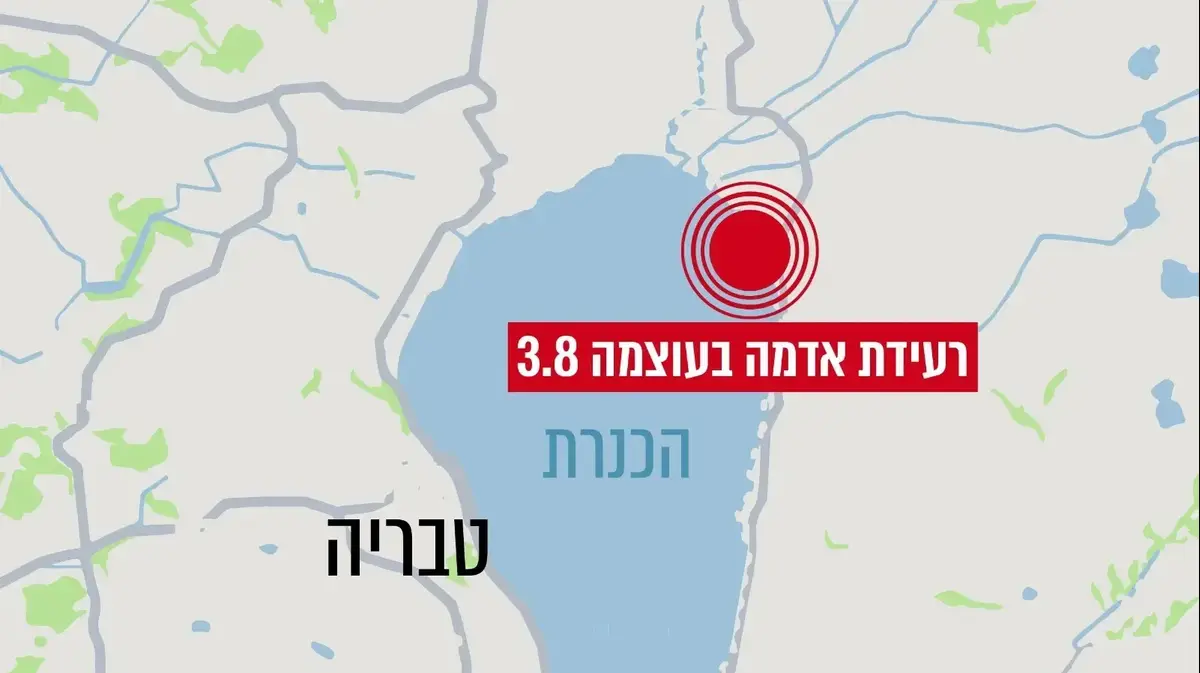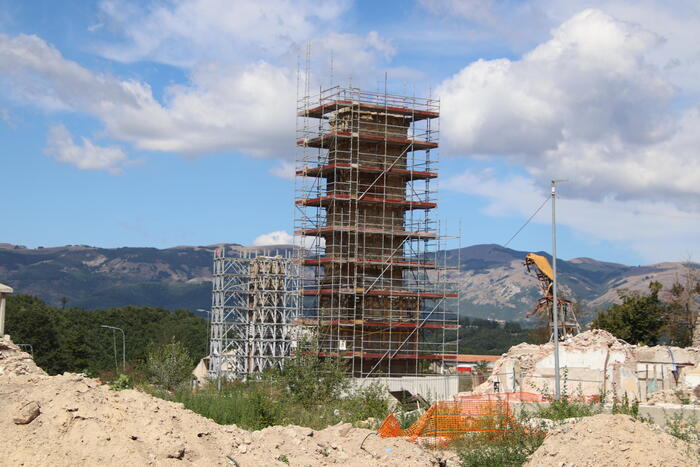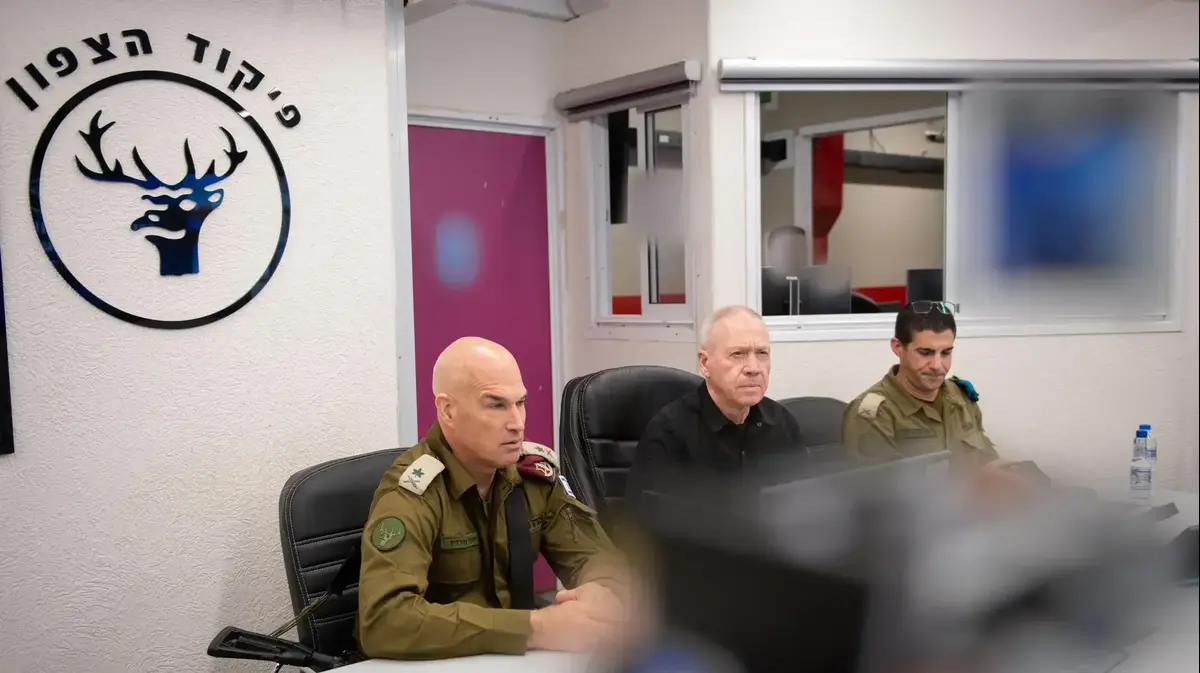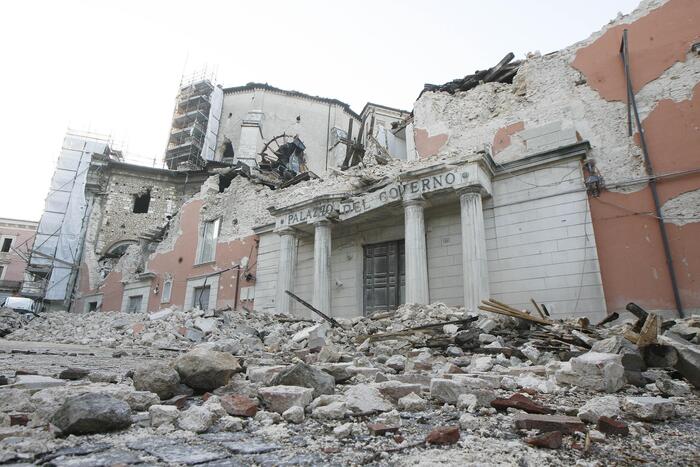The impact of the earthquakes registered in Turkey and Syria is dramatic, being one of the most calamitous disasters in the history of the region.
Its effects have caused more than 35,000 deaths and 85,000 injuries and the number continues to rise.
One of the questions that arises after several days is: what are the estimated costs of the earthquake taking into account the destruction generated?
At the humanitarian level, many countries have immediately sent rescue teams, specialized personnel and essential materials.
20 countries of the European Union have offered more than 30 rescue groups and Spain has mobilized its field hospital and START emergency medical team.
Large humanitarian organizations have launched emergency appeals for early response and recovery, for example, the International Federation of Red Cross and Red Crescent Societies has requested 200 million Swiss francs (almost 203 million euros) for be able to respond appropriately.
And the calls for reconstruction are already beginning.
The World Bank has announced a fund of 1.78 trillion dollars (1,686 million euros) for reconstruction and the president of the European Commission,
Ursula von der Leyen, and the Prime Minister of Sweden, Ulf Kristersson, have called a donor conference to mobilize funds from the international community.
The question that arises is: how much money will it take?
In Turkey, the affected regions represent 9% of GDP, 15% of the population, 15% of agricultural production, 9% of industry and between 6% and 8% of foreign trade.
To estimate the impact, the EU, the World Bank and the United Nations use an international methodology called "Post-Disaster Recovery Needs Assessment", which makes it possible to determine the damages and economic costs to meet recovery needs after a disaster.
This methodology is carried out jointly by the Government, the affected community and a broad group of national and international actors.
There are many examples of this type of evaluation, such as the one carried out in the last earthquake in Haiti in 2021. What is interesting is not only the figures, but also understanding the multidimensionality of the possible effects of a disaster like this.
This evaluation classifies the costs and the impact in seven different sectors that allow to measure the consequences of these catastrophes.
Costs and impact in seven sectors
Social:
in this category the costs associated with the impact on health, education, housing, culture or nutrition are estimated.
Damage to infrastructure and physical assets in these fundamental social areas for society are estimated, as well as the resulting human and macroeconomic impacts.
El Salvador prepared in 2022 a very interesting specific guide to assess recovery needs in housing, health and education.
Infrastructure:
the costs associated with water and sanitation, community infrastructure, energy and electricity, transport and telecommunications are estimated.
In the affected areas, thousands of buildings have suffered extensive damage, telephone lines have been disrupted and there are power outages.
This infrastructure is key, since it can lead to indirect costs such as the paralysis of the means of production, humanitarian access or economic activity in sectors such as tourism.
Productive means:
the impact on agriculture, livestock and fishing, commerce, industry and tourism is estimated.
Although the earthquake in Turkey has not affected the main economic centers or tourist regions, it is critical to assess it, especially since many vulnerable families live in the affected regions in both countries, whose economic status is fragile and whose livelihoods may be greatly affected by Earthquake.
Macroeconomics:
the impact on the fiscal deficit or the trade balance will be key in the coming months and years.
In Turkey, the affected regions represent 9% of GDP, 15% of the population, 15% of agricultural production, 9% of industry and between 6% and 8% of foreign trade.
The visible effect on the GDP measure can be difficult to analyze, since the losses do not appear directly in the calculation, but the reconstruction tasks do add up.
Finance:
It is critical to also estimate the impact on financial institutions, banking and non-banking.
In this type of situation, it is advisable to suspend operations on the stock market, as has happened in Turkey after the financial market lost 16% (representing market capitalization losses of 32,648 million euros).
In 2022, inflation in Turkey reached 86%, so many citizens had decided to invest their savings in stocks to protect themselves from the loss of value of their money.
Cross-cutting issues:
issues that may collaterally affect others are analyzed, such as governance, the environment or the differentiated impact on gender aspects.
For many analysts, the impact on governance or politics can make a difference.
In Turkey, there are political elections in May 2023 and the management of the emergency will be key to their results.
In Syria, control of the north of the country is divided between the government, Kurdish-led forces and other rebel groups.
It will be important to analyze the potential impact on the fragility of this governance and whether it can trigger some type of conflict.
Human development:
the economic effects on human development and poverty are estimated.
In Turkey, the 10 affected provinces are among the poorest, so their effects may be more severe as they are less resilient.
It is even more serious in Syria: Aleppo, one of the regions most affected by the earthquake, is also one of the regions most affected by the conflict.
For more seriousness, the freezing temperatures and torrential rains were making rescue work difficult.
The region is experiencing a crisis within a crisis.
It will be crucial to take all these aspects into account in order for Turkish and Syrian society to recover as soon as possible, especially in an inclusive way.
Borja Santos
is an expert in Humanitarian Affairs and Associate Vice Dean of the IE School of Politics, Economics and Global Affairs.
You can follow PLANETA FUTURO on
,
and
, and subscribe
here
to our 'newsletter'
.


/cloudfront-eu-central-1.images.arcpublishing.com/prisa/E2SOPDAIKRGJPJY4T2WETDP77I.jpg)











